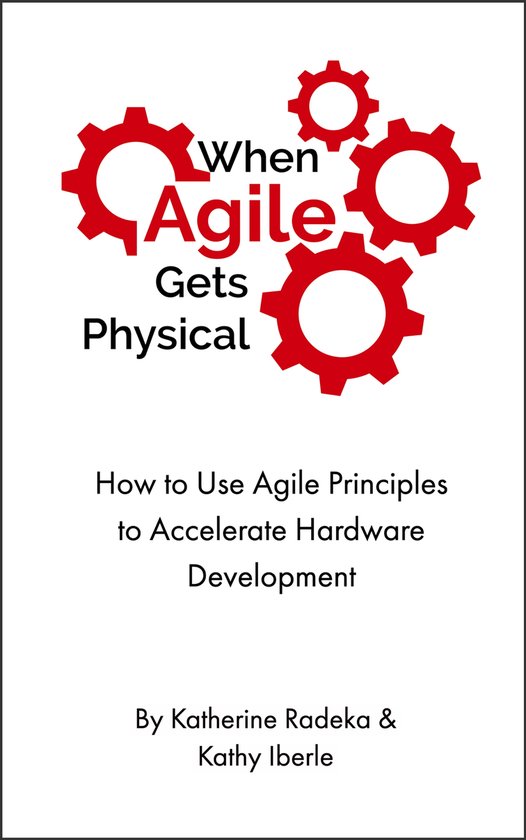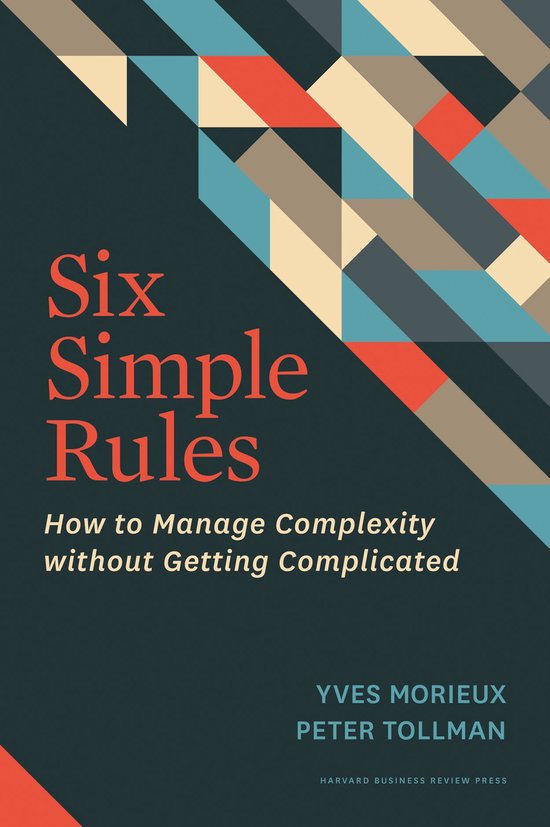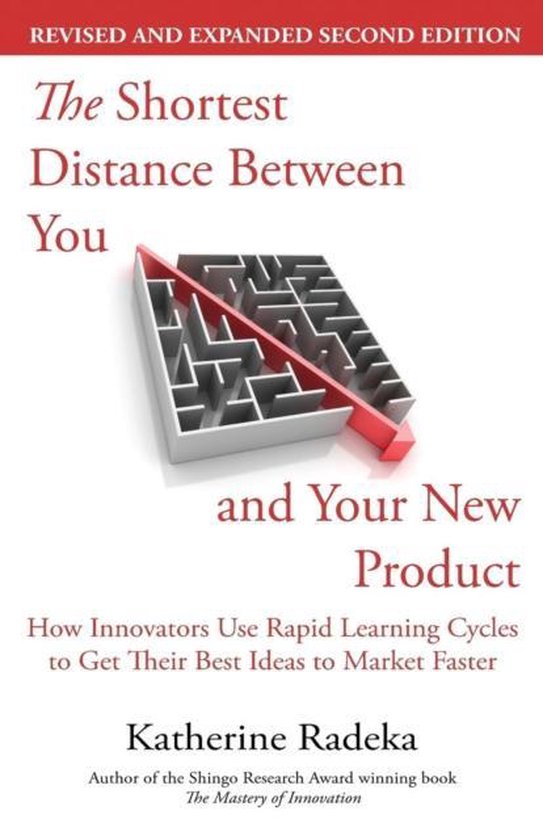
When Agile Gets Physical
“When Agile Gets Physical distills the right principles, derives methods to apply them, and in doing so represents a major milestone in defining the best practice of hardware product development.” —Andrew Flint, Product Development Director, IMPINJ
Why is it that so many hardware teams get stuck when using Agile? Why do they still endure long, slow loopbacks? Why do organizations waste valuable time and resources fixing problems in late development that could have been found earlier?
Software and hardware teams face separate problems at different stages. But some Agile Software experts suggest that the necessary solutions are often the same. We've seen too many implementations of Agile tools and practices that just don't translate to physical products.
The authors have personally had to untangle many physical product teams who used Agile in ways that slowed them down, caused rigidity and sacrificed the full potential of their outcome.
If you want to get the speed, flexibility and responsiveness of agile principles without force-fitting a method that was designed to solve a different set of problems, this book is for you.
When Agile Gets Physical reveals how you'll use the best parts of Agile to accelerate your time-to-market with proven methods, and:
- Why the common problems hardware teams have experienced for decades can easily be avoided.
- How you'll get a stronger product that beats your competition to market up to 50%+ faster by building a reusable library of resources every team member can understand.
- What Agile Software advocates are getting wrong about physical product development and why abandoning agile principles isn't the answer.
- How a simple reframing of important decisions improves efficiency, communication, and results without losing the "big picture view".
If you feel like progress is too slow, your teams probably feel the same way. The research in this book pinpoint why this is, what changes to make and how hundreds of international companies using our framework detected problems earlier to get better outcomes later
Katherine and Kathy's combined experience in agile for physical product development will show the exact steps to take towards integrating your software and hardware teams more closely, and how to keep the benefits of agile without force-fitting the wrong methods or adapting them beyond recognition.
Once you get a closer look, you'll be wondering why you weren't using this method from the start.
What is Agile For Hardware?
Agile for hardware means the ability to be fast, flexible and responsive as a product moves from idea to launch. As you explore an idea for a product, you learn new things that change the conceptualization of the product.
While software engineers can easily make changes at any point in the process by writing new code, physical products are much harder to change once the team starts building prototypes.
For a hardware team to be fast, flexible and responsive, they need to be aware of the Last Responsible Moments to make their most important decisions. You'll learn how you can leverage this concept to preserve flexibility, even in areas that seem too rigid to do this effectively.
Who is this book for?
This book is for anyone working on physical product development. That includes but is not limited to:
- Chief Technology Officers
- VPs of Engineering, Product Development, Innovation or Research & Development
- Product Development Project Leaders
- System Architects and other Technical Leads
- Scientists and Engineers, including Biologists, Chemists, Physicists, Mechanical and Electrical Engineers working towards products for commercialization.
- Or anyone responsible for teams creating physical products. And because hardware and software teams often run parallel to each other, this book is also for Software Engineers, Scrum Masters and Project Leaders who'll need to know what the hardware teams are doing, and why they're doing it differently.
What does this book have that other Agile books don't?
This book focuses on hardware and other physical products that require sourcing, production and distribution. These products have higher cost of change than digital products do. Companies that have products with warranties or field support requirements will be living with the consequences of their decisions for the lifespan of the product. This book unlocks how to use agile principles to deliver these products to the market faster without sacrificing quality.
What do you mean by a physical product?
Anything that must be sourced, produced, distributed and then supported in the field. This includes everything from consumer electronics to food and beverage products to pharmaceuticals and renewable power generation systems.
| Auteur | | Katherine Radeka |
| Taal | | Engels |
| Type | | E-book |
| Categorie | | Technologie & Bouwkunde |



